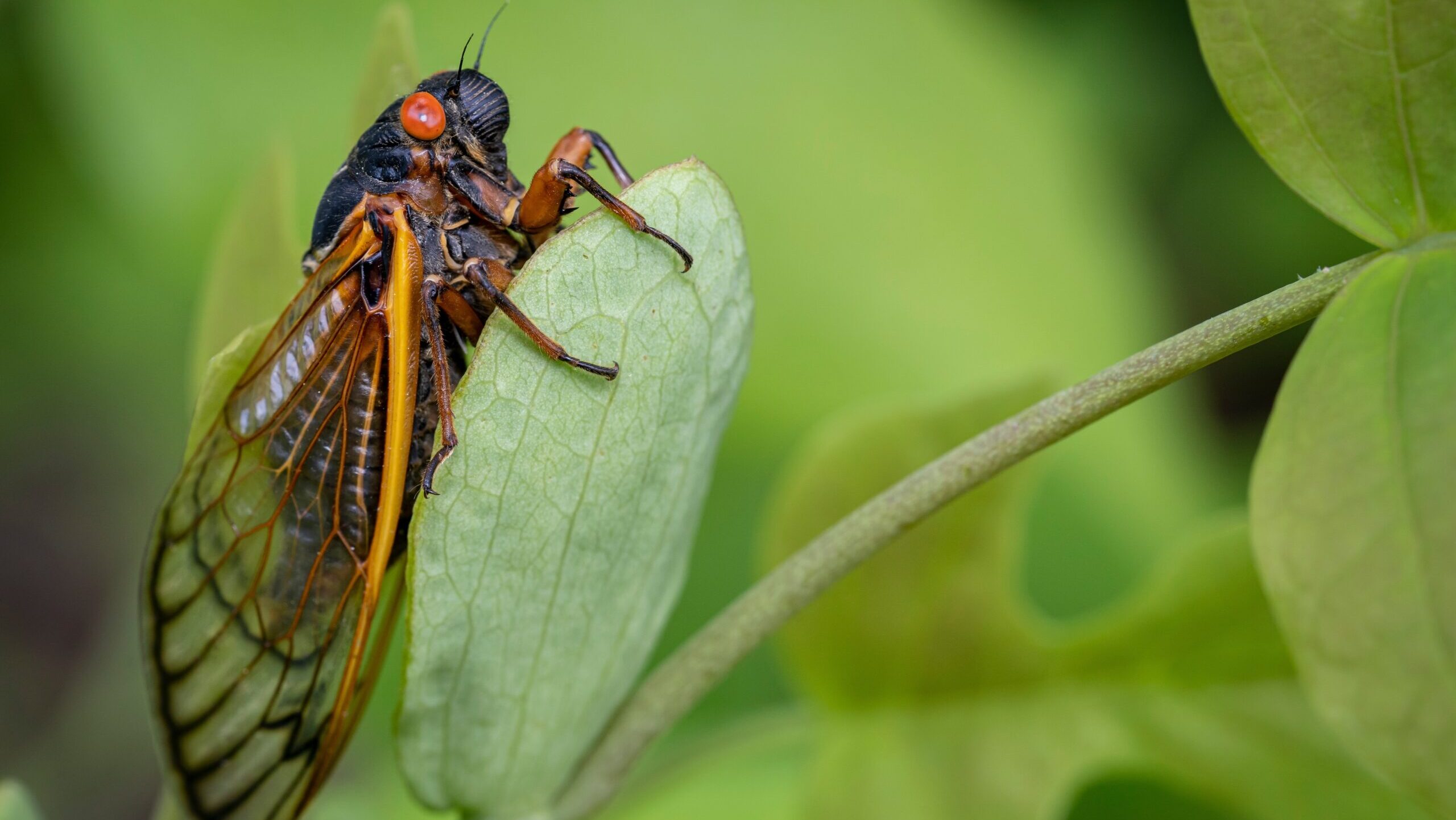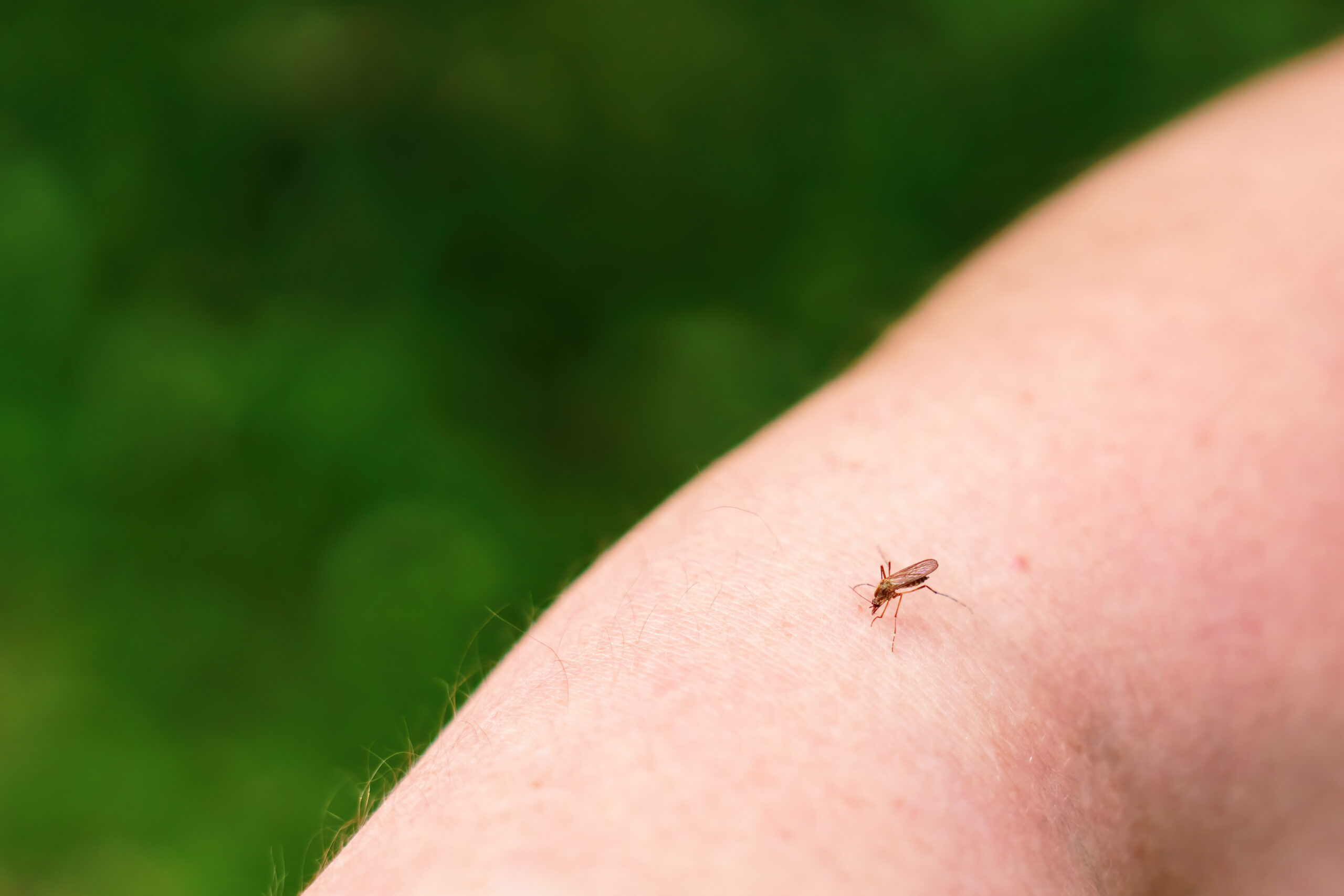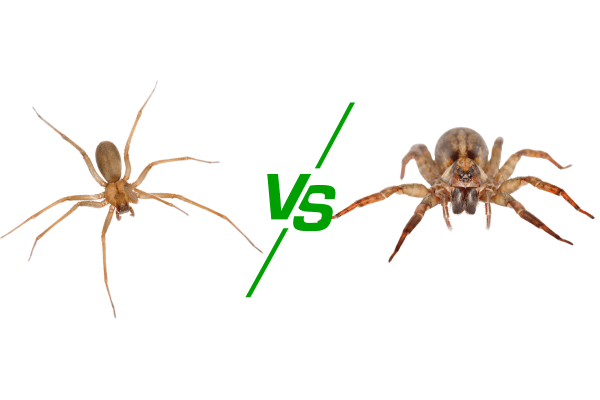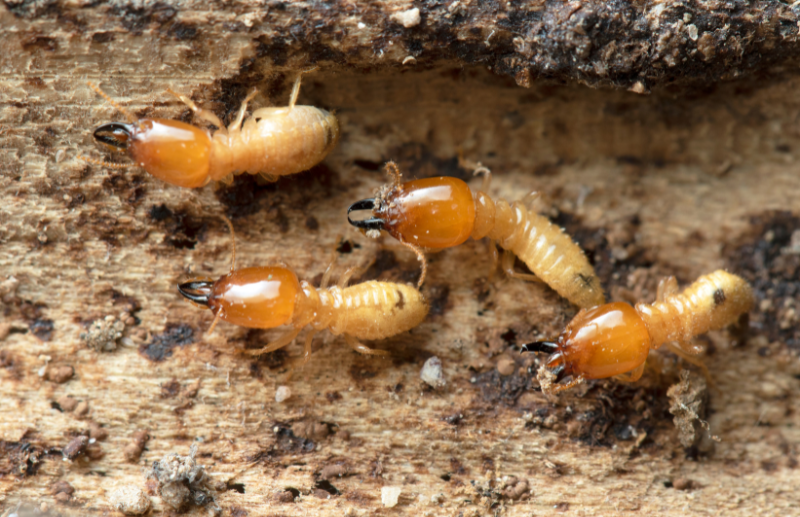If you’ve ever spent a summer in Arizona, you’re probably familiar with the loud, buzzing symphony of cicadas. These fascinating insects are a hallmark of desert life, their sounds filling the air as temperatures rise. But what exactly are cicadas, and do they pose any risks to your home or yard? At Phoenix Pest, we’re here to provide insight into cicadas in Arizona, from their life cycle and habits to whether you need to worry about them.
What Are Cicadas?
Cicadas are large, winged insects belonging to the superfamily Cicadoidea. Known for their loud mating calls, cicadas are often mistaken for pests due to their sheer presence, but they are harmless to humans and pets. According to the Arizona Department of Agriculture, cicadas play a vital role in the ecosystem, aerating soil and serving as a food source for birds and other wildlife.
What Do Cicadas Look Like?
Cicadas are easy to identify by their distinctive features:
- Size: Most cicadas are 1 to 2 inches long.
- Color: They typically have brown, black, or green bodies with transparent wings that fold over their backs.
- Eyes: Prominent, bulging eyes give cicadas a unique appearance.
In Arizona, you may encounter species like the Apache cicada (Diceroprocta apache), known for its greenish-brown coloration and piercing calls.
Where Do Cicadas Live?
Cicadas thrive in warm, dry environments, making Arizona’s desert climate an ideal habitat. You’ll often find them:
- In Trees: Cicadas spend much of their adult lives perched on tree branches, where males sing to attract mates.
- Underground: As nymphs, cicadas live beneath the soil for most of their life cycle, feeding on tree roots.
- In Urban Areas: Trees and shrubs in backyards and parks can attract cicadas, especially during the summer months.
The Cicada Life Cycle
Cicadas have one of the most unique life cycles in the insect world:
- Nymph Stage:
Cicada nymphs live underground for several years—anywhere from 2 to 17, depending on the species. They feed on the sap of tree roots during this time. - Emergence:
When it’s time to emerge, nymphs dig their way to the surface and molt, leaving behind their brown exoskeletons as they become winged adults. - Adult Stage:
Adult cicadas live for a few weeks, during which they focus on mating. Males produce their iconic buzzing calls using specialized structures called tymbals. - Reproduction:
Females lay eggs in tree branches, and the cycle begins again as the eggs hatch and nymphs drop to the soil.
Do Cicadas Cause Problems?
Cicadas are generally not harmful, but their presence can create minor issues:
- Tree Damage: Female cicadas can cause small splits in tree branches when laying eggs, which may weaken young or stressed trees.
- Noise Pollution: Cicada calls can reach up to 100 decibels, which some homeowners find disruptive.
- Exoskeletons: The discarded shells of cicadas can accumulate on trees, patios, and outdoor furniture, creating a messy appearance.
Despite these inconveniences, cicadas do not bite, sting, or carry diseases, making them more of a nuisance than a threat.
Related Article: 5 Signs It’s Time to Call a Pest Control Professional
How to Manage Cicadas in Your Yard
If cicadas are becoming too noisy or causing damage to your property, here are a few tips to manage their presence:
- Prune Trees:
Trim young or weak branches to reduce egg-laying sites and minimize potential damage. - Use Netting:
Cover young trees or shrubs with fine mesh netting during the cicada mating season to protect them. - Clean Up Regularly:
Sweep away exoskeletons and debris to maintain a tidy yard. - Attract Predators:
Birds, reptiles, and other wildlife naturally control cicada populations. Providing a wildlife-friendly environment can help keep numbers in check.
Related: Residential Pest Control Phoenix
Cicadas vs. Other Pests
Cicadas are often confused with other buzzing insects, such as crickets or locusts. Here’s how they differ:
- Crickets: Active at night and found on the ground. Their chirping is softer than cicadas’ calls.
- Locusts: Grasshopper-like insects that swarm and can damage crops. Unlike cicadas, locusts actively feed on plants.
If you’re unsure what’s making noise in your yard, the experts at Phoenix Pest can help identify the culprit.
While cicadas don’t require professional pest control in most cases, their presence may indicate a larger issue, such as an overabundance of other insects attracting them. If you’re dealing with unwanted pests in your yard, our team at Phoenix Pest can provide solutions to keep your property pest-free.
Contact Us Today
Whether you’re dealing with cicadas or another pest issue, trust Phoenix Pest for reliable, effective solutions.
📞 Call us at 623-294-8916
💻 Visit phoenixpest.com




